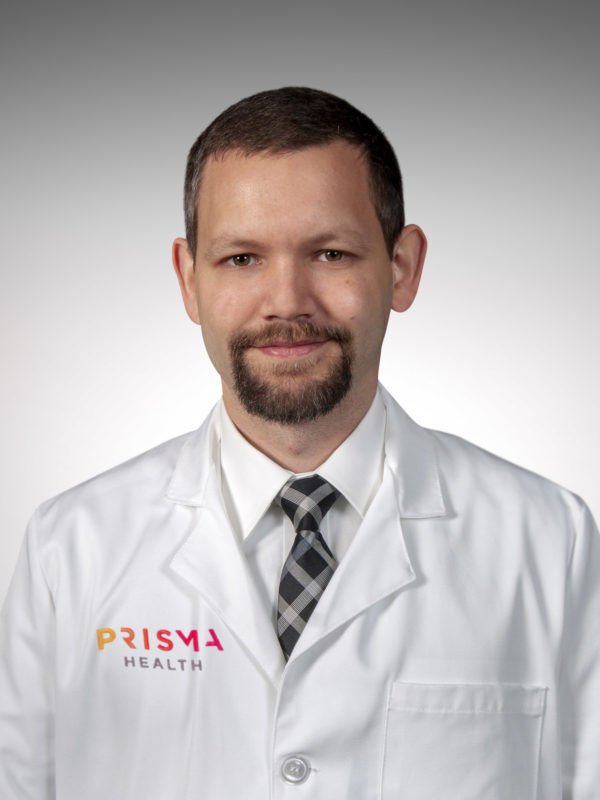Brain aneurysms: What to know about this dangerous condition
An aneurysm is a weak spot on the wall of the blood vessels in the brain, which can cause severe damage – even death – if it ruptures. Neurosurgeon Jan Vargas, MD, provided some quick facts about aneurysms and what you can do to protect your health.
“An estimated 6.5 million people in the United States have an un-ruptured brain aneurysm or 1 in 50 people,” said Dr. Vargas.
In 95% of cases, the cause is not clearly understood, and about 5% of cases have a hereditary or genetic component.
“If a family history of cerebral aneurysms exists in two first-degree relatives, such as siblings or parents, it is recommended that all family members undergo screening via CT angiography or MR angiography,” he said.
What puts you at higher risk for a brain aneurysm?
Dr. Vargas said several risk factors contribute to the formation, growth and rupture of cerebral aneurysms, including:
- Smoking
- High blood pressure
- Having an immediate relative with a history of a cerebral aneurysm
What are the symptoms of a brain aneurysm?
“Most aneurysms do not cause any symptoms unless they burst or grow large enough to put pressure on surrounding structures in the brain,” said Dr. Vargas. “Many are found by chance or incidentally, usually during CT angiography, MRI, or diagnostic angiography performed for other reasons.”
A ruptured aneurysm can be life-threatening. The first sign of a ruptured aneurysm is called “subarachnoid hemorrhage,” or bleeding into the spaces surrounding the brain. This can cause:
- Headaches – often described as the worst headache of one’s life
- Stiff neck
- Nausea or vomiting
- Loss of consciousness
- In more severe cases, coma and death
Dr. Vargas said it’s important to call 911 right away.
“Bleeding usually stops not long after the rupture due to the build-up of pressure within the skull. However, if the aneurysm were to burst again the chance of survival decreases dramatically. Ruptured aneurysms must be treated within 24 to 48 hours of rupture.”
How is an aneurysm treated?
The goal of treatment for ruptured and un-ruptured aneurysms is to prevent blood from flowing into the aneurysm. There are two treatment options for a cerebral aneurysm:
Open surgery in which a window is made in the bone, the aneurysm is exposed, and a metal clip is placed across the base of the aneurysm. Afterward, the bone is replaced.
Endovascular embolization is a minimally invasive treatment in which small tubes (catheters) and wires are placed inside the arteries in the body and navigated into the arteries within the brain using live X-rays. Once there, the aneurysm is either filled with platinum coils to prevent blood from flowing into the aneurysm, or special stents are placed within the artery to redirect flow away from the aneurysm (called flow diversion). Once blood flow into the aneurysm is reduced, the risk of rupture decreases dramatically to a fraction of a percent.
After an aneurysm is treated, periodic checks are performed to ensure the aneurysm does not continue to grow or recur.
Prisma Health Stroke Center
Time is critical when it comes to a stroke. Our team is on-site 24/7, with a multidisciplinary program of care and leading-edge approach for stroke patients.
Learn More

